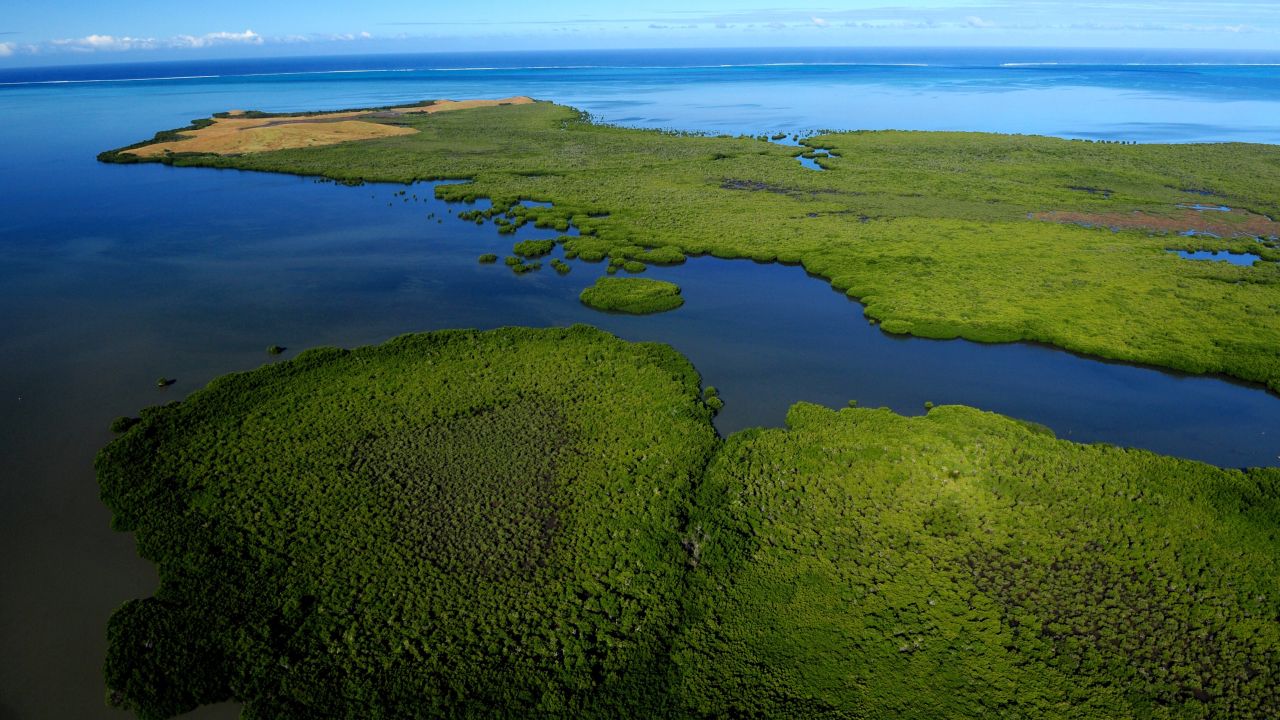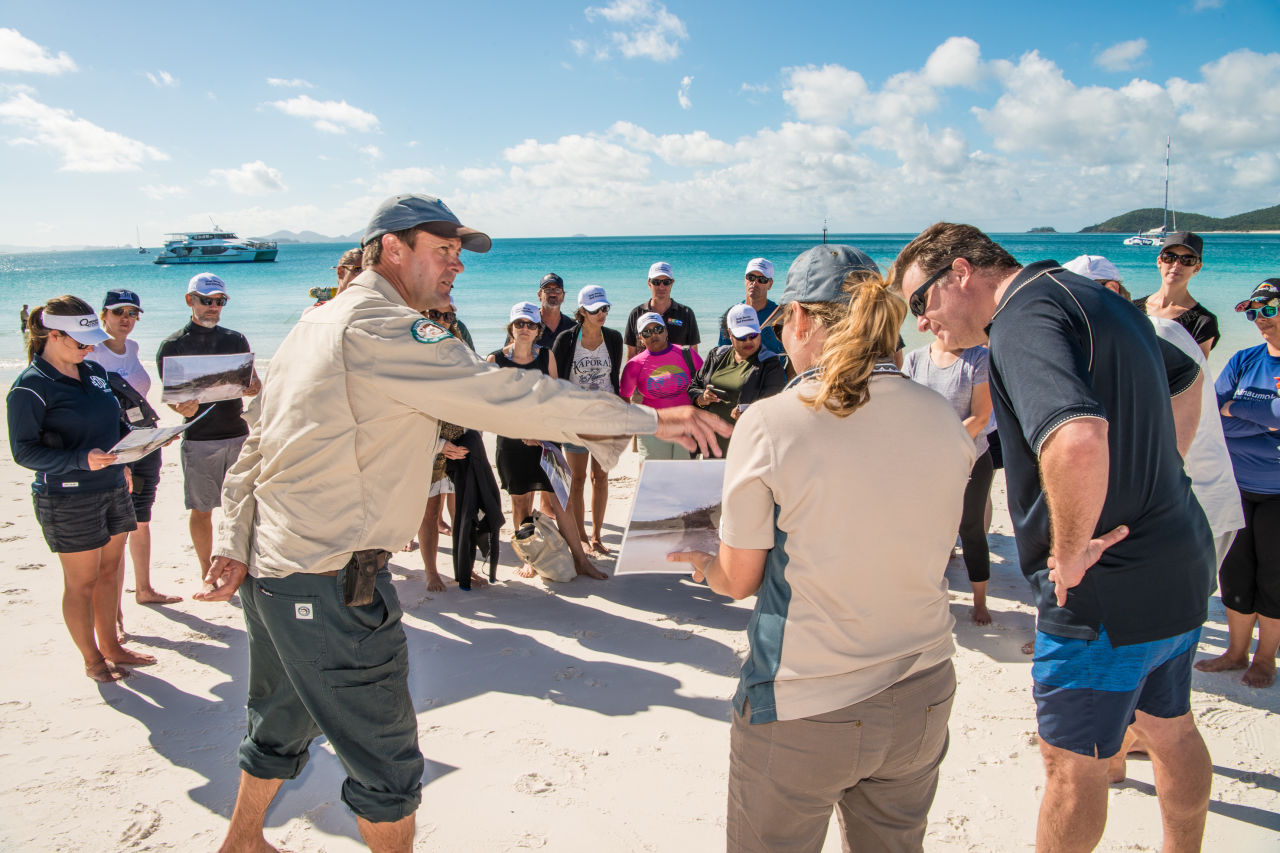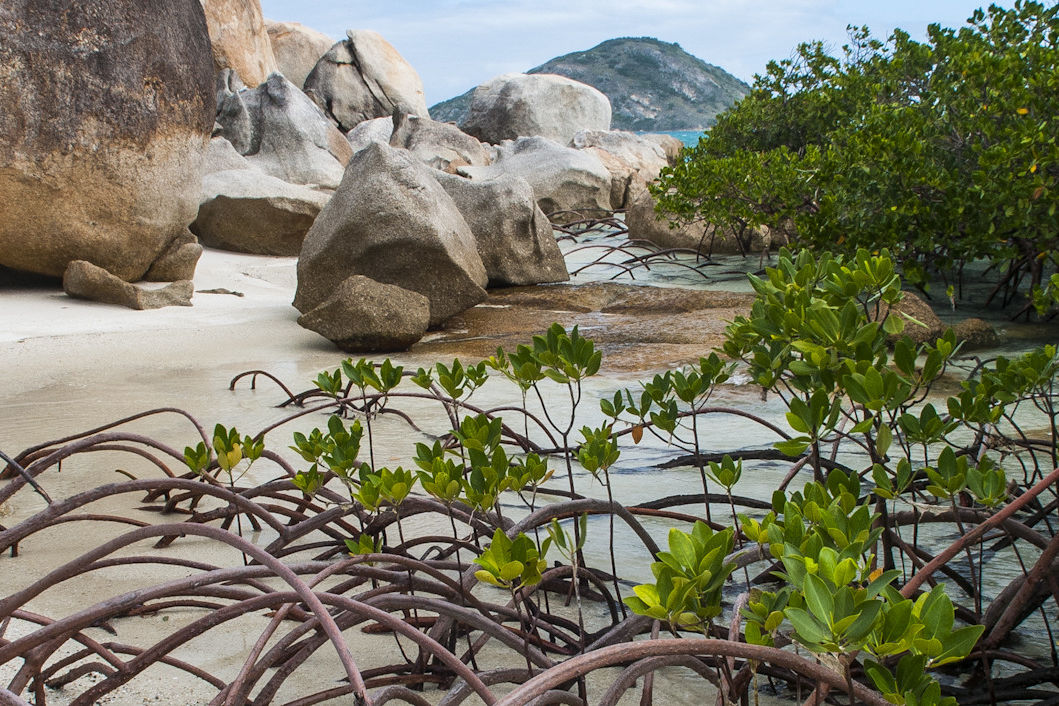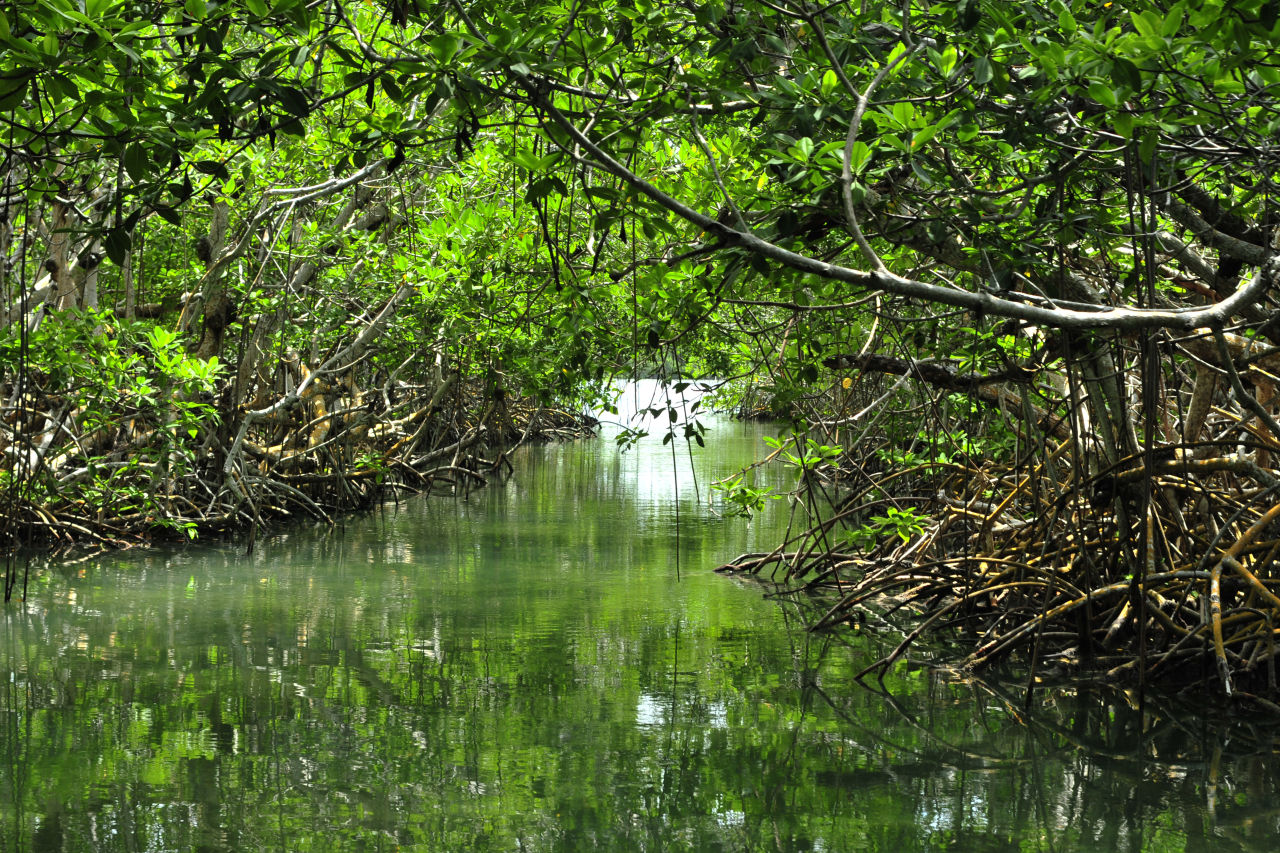News ·
UNESCO report supports the crucial role of the Foundation’s Resilient Reefs Initiative in fighting climate change
The Great Barrier Reef Foundation’s Resilient Reefs sites are crucial blue carbon ecosystems which hold a third of the carbon dioxide stored across all 50 World Heritage marine sites, according to a new UNESCO report.

The report is UNESCO‘s first global scientific assessment of blue carbon ecosystems across its World Heritage marine sites. Also known as carbon sinks, these ecosystems absorb carbon from the atmosphere and store it, helping reduce the rate of climate change.
UNESCO stresses the importance of initiatives such as the Great Barrier Reef Foundation’s Resilient Reefs Initiative – a global partnership to support World Heritage Reefs, and the communities that depend on them.
The Initiative’s five partner UNESCO sites include the Great Barrier Reef, Rock Islands of Palau, Lagoons of New Caledonia, Belize Barrier Reef Reserve System and the Ningaloo Coast. These sites collectively hold 37% of the carbon stored in World Heritage marine sites.

📷 Great Barrier reef foundation - Resilient reefs collaboration
The UNESCO Marine World Heritage – Custodians of the Globe’s Carbon Assets report also found that while the 50 World Heritage sites represent less than 1% of the world’s oceans, they host at least 21% of the world’s blue carbon ecosystem area, and 15% of the world’s blue carbon assets.
Marine World Heritage carbon stores were equivalent to about 10% of the world’s annual greenhouse gas emissions in 2018, safely keeping billions of tonnes of CO2 and other greenhouse gases out of the atmosphere.
Published at the start of the United Nations Decade of Ocean Science for Sustainable Development, which the Great Barrier Reef Foundation is a founding member of, the report found that while blue carbon ecosystems are among the most threatened habitats in the world, the protection and restoration of them presents a unique opportunity to mitigate climate change.
The report also found the Great Barrier Reef stores the most carbon of the 50 World Heritage Marine sites, with seagrass meadows in our Reef alone hosting an estimated 11% of the world’s seagrass blue carbon.
The Custodians of the Globe’s Carbon Assets report is available here.
#Great Barrier Reef Foundation Chief Scientist Professor Ove Hoegh-Guldberg:
“This report highlights the importance of not only saving the Great Barrier Reef, but also shines a spotlight on five Resilient Reefs globally that provide an incredibly important service and have a high biodiversity and ecosystem service values.
“Not only do coral reefs support 25% of all marine life, but nearly one billion people across the globe — in more than 100 countries — depend on reefs for food, wellbeing and livelihoods.
“They protect vulnerable coastlines from erosion and storms, contributing an estimated $10 trillion in ecosystem services.
“And now science has shown that blue carbon ecosystems such as seagrass meadows, tidal marshes and mangroves are among the most intensive carbon sinks.

📷 Gary cranitch - red mangroves are carbon sinks
“Investing in the conservation and restoration of these sites offers significant opportunities to mitigate climate change. We must protect these reef sites otherwise the carbon will be released back into the atmosphere with very negative consequences.
“While protecting and growing carbon stocks is an important part of protecting the atmosphere, cutting greenhouse gas emissions and achieving zero carbon by mid-century is absolutely central to avoiding a climate disaster. Protecting blue carbon sites must be accompanied by deep cuts in greenhouse gases.

📷 Eduard Muller - Belize bac chico mangrove
“The Great Barrier Reef Foundation recognises the importance of blue carbon ecosystems, which is why we’re aiming to store an additional 5 million tonnes of CO2 by 2030 through restoring lost wetlands and mangroves.”




